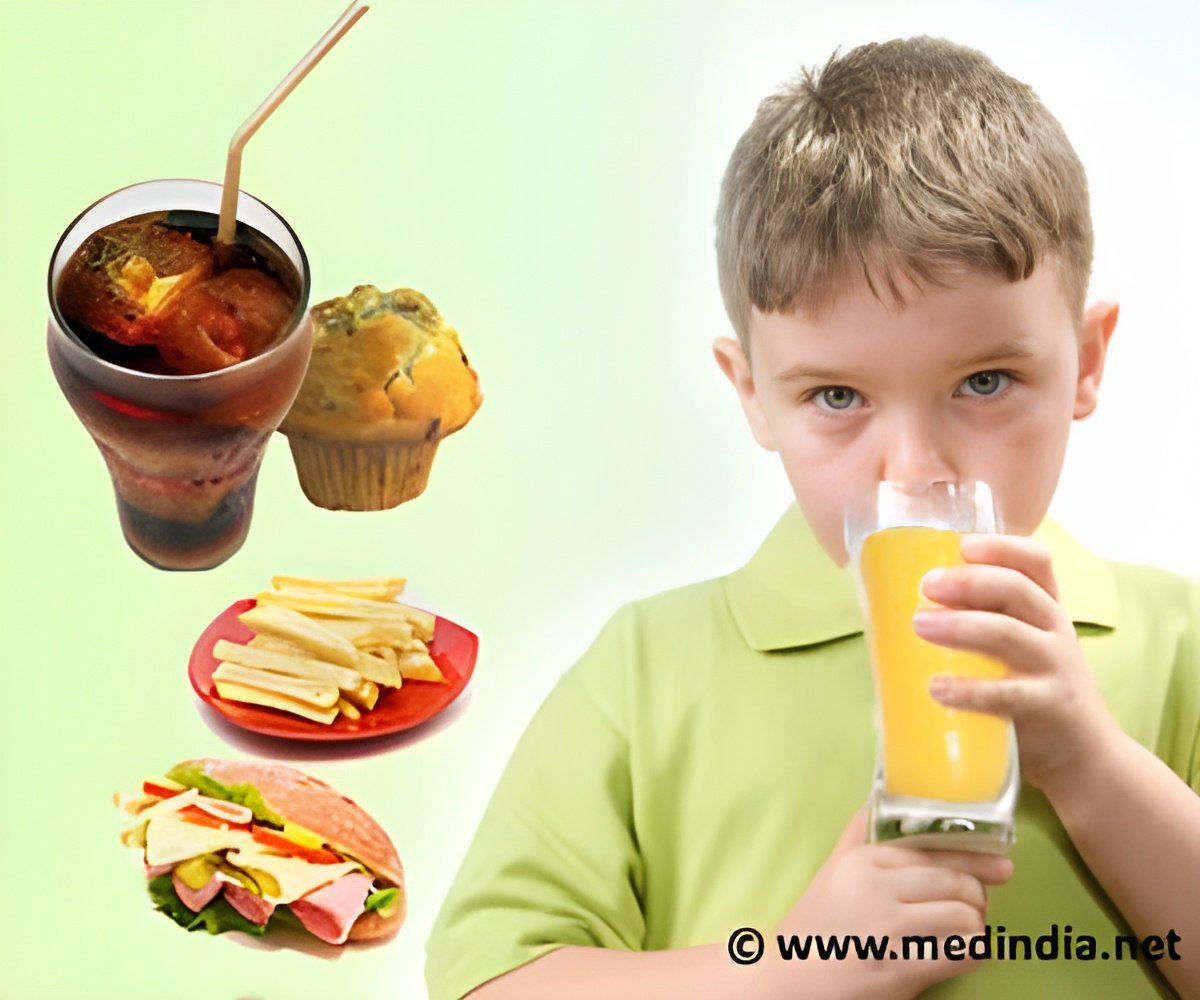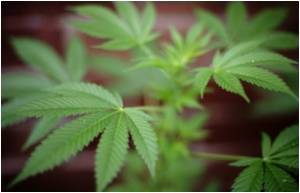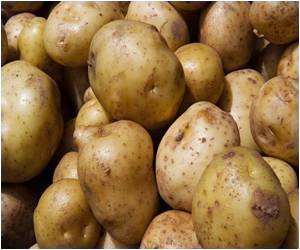
According to the study results, sweets were 11.2 percent less available (32.3 percent versus 43.5 percent) when both the district and state limited sugar content, respectively. Regular-fat baked goods were less available when the state law limited fat content. Regular-fat ice cream was less available when any policy limited competitive food fat content. Sugar-sweetened beverages were 9.5 percent less available when prohibited by district policy (3.6 percent versus 13.1 percent). Higher-fat milks (2 percent or whole milk) were less available when prohibited by district policy or state law.
"Both district and state policies and/or laws have the potential to reduce in-school availability of high-sugar, high-fat foods and beverages. Given the need to reduce empty calories in children's diets, governmental policies at all levels may be an effective tool," the study concludes.
Source-Eurekalert









